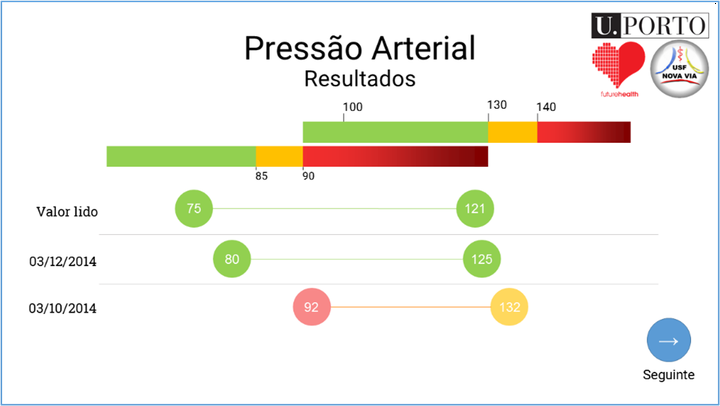
| Info | |
|---|---|
| Type | Aggregator Project |
| Reference: | |
| Start Date: | 2013-11-01 |
| End Date: | present 📖 |
| Partners: | see website and related projects. |
| My responsibility | PI |
Main Objective
Due to a number of reasons, the worldwide expenditure on healthcare has been steadily increasing, representing about 9.3% of the GDP among OECD countries and 9.5% in Portugal (OECD Health Statistics 2014). At the same time, citizens are demanding access to more and better healthcare services, but the costs of those services cannot grow without bound. The development of innovative technologies can play a very important role in this regard.
In this project, we will develop, test and deploy a prototype of a health kiosk, a self-check clinical unit that allows patients to measure autonomously some of their vital signs prior to a consultation or on a routine basis. Such measurements are usually taken by healthcare professionals, having non-trivial costs in terms of human resources. By automating these procedures, healthcare units can reduce their immediate costs by freeing up human resources for other tasks. They will also be able to launch wide scale screenings in the population at very low marginal costs, allowing for an earlier detection of many conditions, which will have a positive impact in terms of public health and allow for even larger savings in healthcare spending.
There are already some existing health kiosks resulting from academic works, such as the Multi-user Health Kiosk developed in a joint effort of the University of Pittsburgh and the Carnegie Mellon University, and commercially available, such as those offered by Stayhealthy and Honeywell. These kiosks differ in both their capabilities and their target use cases.
Until now, several problems have hindered the large-scale deployment and use of health kiosks. One of those problems is the limited acceptance of the technology by the patients. Increasing the acceptance of health kiosks will involve solving difficult problems in human computer interaction. We will address these problems, researching how to better integrate the sensors for the different vital signs and developing and testing an interface to guide the patients through the process that provides feedback on the correctness of the procedures.
After collecting the vital signs, the kiosk needs to provide them to the clinician and transfer them to a permanent store. We will achieve these requirements through integration with the electronic health record system using the OpenEHR information architecture and HL7 messaging standard. The use of open standards will make the system vendor independent, an aspect that can help limit cost of a large-scale deployment of the kiosks.
In order to bring the costs down to a minimum, we will also use off-the-shelf medical devices for measuring the vital signs, and ensure that any of those sensors can be easily replaced as better and more affordable devices become commercially available.
Achieving independence from the specific devices used to collect the biometrics will require us to define an architecture for abstracting them. Although the Continua Alliance consortium is pushing the standards for connecting to and obtaining data from these devices, there are still products that are not compliant to those standards, devices without defined profiles, and devices not using the physical communication layer defined by Continua (Bluetooth or ZigBee). As such, we will need to develop a framework for providing plug-and-play capability to those medical devices.
There is a growing concern about security and privacy issues with the use of new technologies, particularly if they are networked. This is especially true with regard to health related devices due to the high sensitivity and potential market value of the involved information. We will need to address the relevant security and privacy issues that the use of a health kiosk in a healthcare unit may pose.
Financed Projects
See related below.